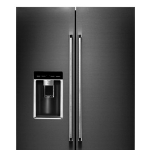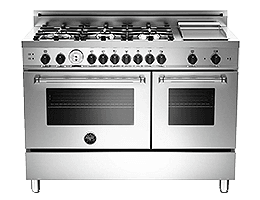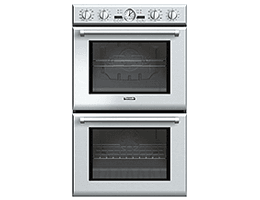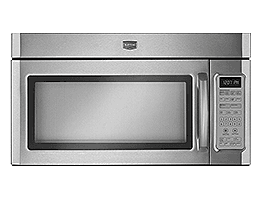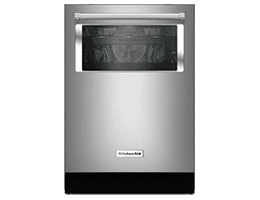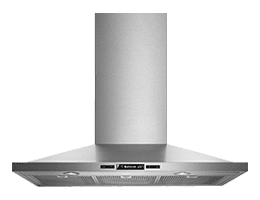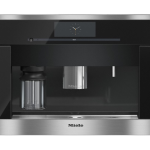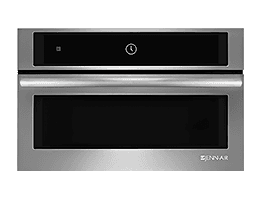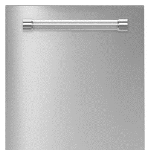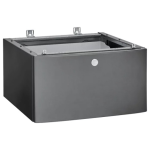Tips for Laundry Room Maintenance
Apr 8, 2016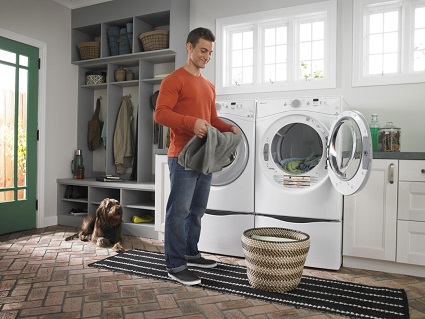
Main floor laundry rooms are more the norm than the exception now and many new-build or remodeled spaces have given the workhorse washer and dryer exceptional settings with adequate shelving and storage, drying racks, and high-end countertops, faucets, and sinks. The washer and dryer themselves are now designed to be not only more functional and energy efficient, but also aesthetically pleasing.
Appliances are so user-friendly that homeowners often forget that washers and dryers need regular maintenance. Appliance Gallery offers some tips to make sure your laundry room remains in tip-top shape.
“After your washer has washed a load, allow the interior of the machine to air out by leaving the door partially open,” said Stephen Erb, appliance manager. “This will allow air to circulate and help dry out any remaining moisture in the drum or on the gasket. To clean the washer’s drum, use a mild, non-abrasive, chlorine-free cleaning agent. Rinse and then dry with a soft cloth. Do not use steel wool or any other abrasive cleaning agents. Wipe the gasket with a soft cloth to remove residual water or any detergent.”
If your washer emits a bad odor, which can happen as residue from detergent and fabric softeners accumulates, run the empty washer with a cup of white vinegar, or liquid chlorine bleach.
“The existence of any residual detergent can be a sign that too much detergent is being used,” Erb said. “For high-efficiency washers, use only HE detergents to prevent over-sudsing.”
Your washer’s exterior can be a magnet for dust, fingerprints, and spilled detergents. Clean with a soft cloth using hot soapy water or a mild, non-abrasive cleaning agent. The control panel can be cleaned with just a damp soft cloth.
“Clean your detergent dispenser too,” Erb said. “Remove the dispenser from the washer according to the manufacturers use and care guide and place the dispenser under warm, running water. Lightly wipe away any remaining detergent residue and reinsert the dispenser.”
Ensure that all drains have strainers to keep hair, soap, and debris from entering and clogging the drain lines. Use a strainer on your washing machine hose. Hardware stores have strainers specially designed to fit laundry hoses.
Erb also advises to install a flood alarm to warn of water from the washing machine or water heater leaking from the appliance or overflowing sinks.
He added that it’s very important to clean your dryer vent and ducts to remove lint build-up. “If the ducts get clogged, it can be a fire hazard. If your dryer vent hose is old-school vinyl accordion type, upgrade to metal duct work.”
Lastly, Erb said to consider replacing a worn out washing machine with a more efficient front-load model.












































